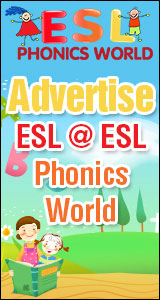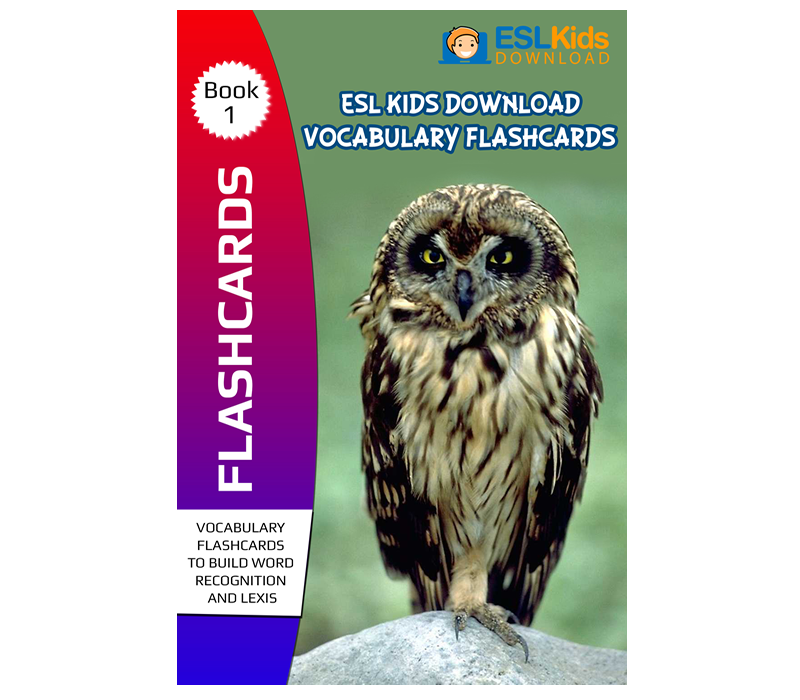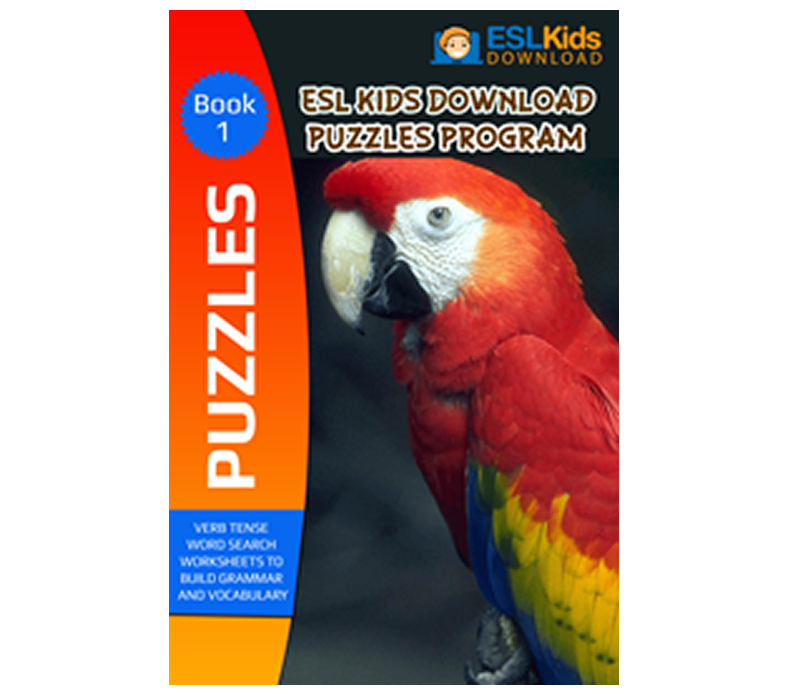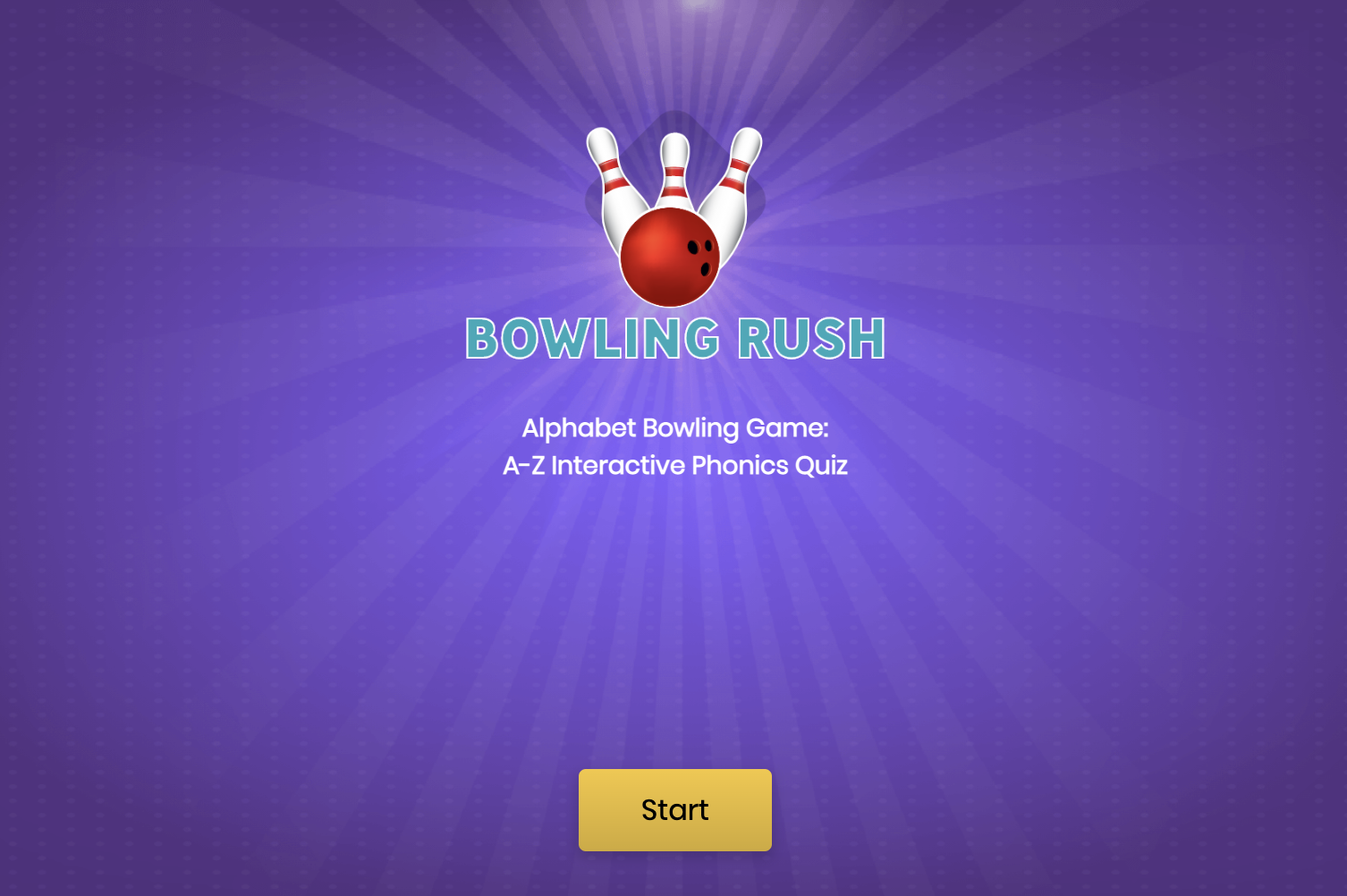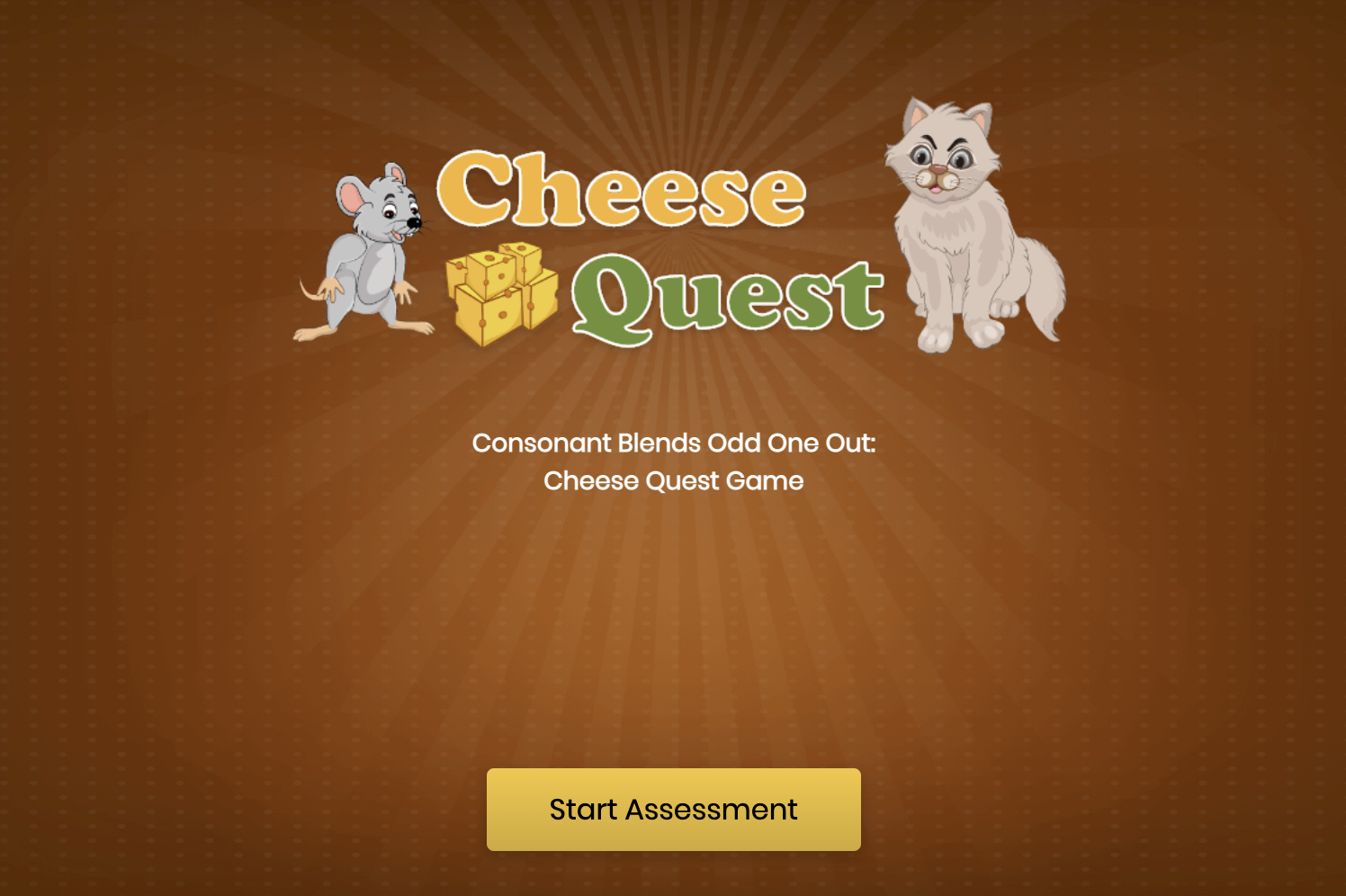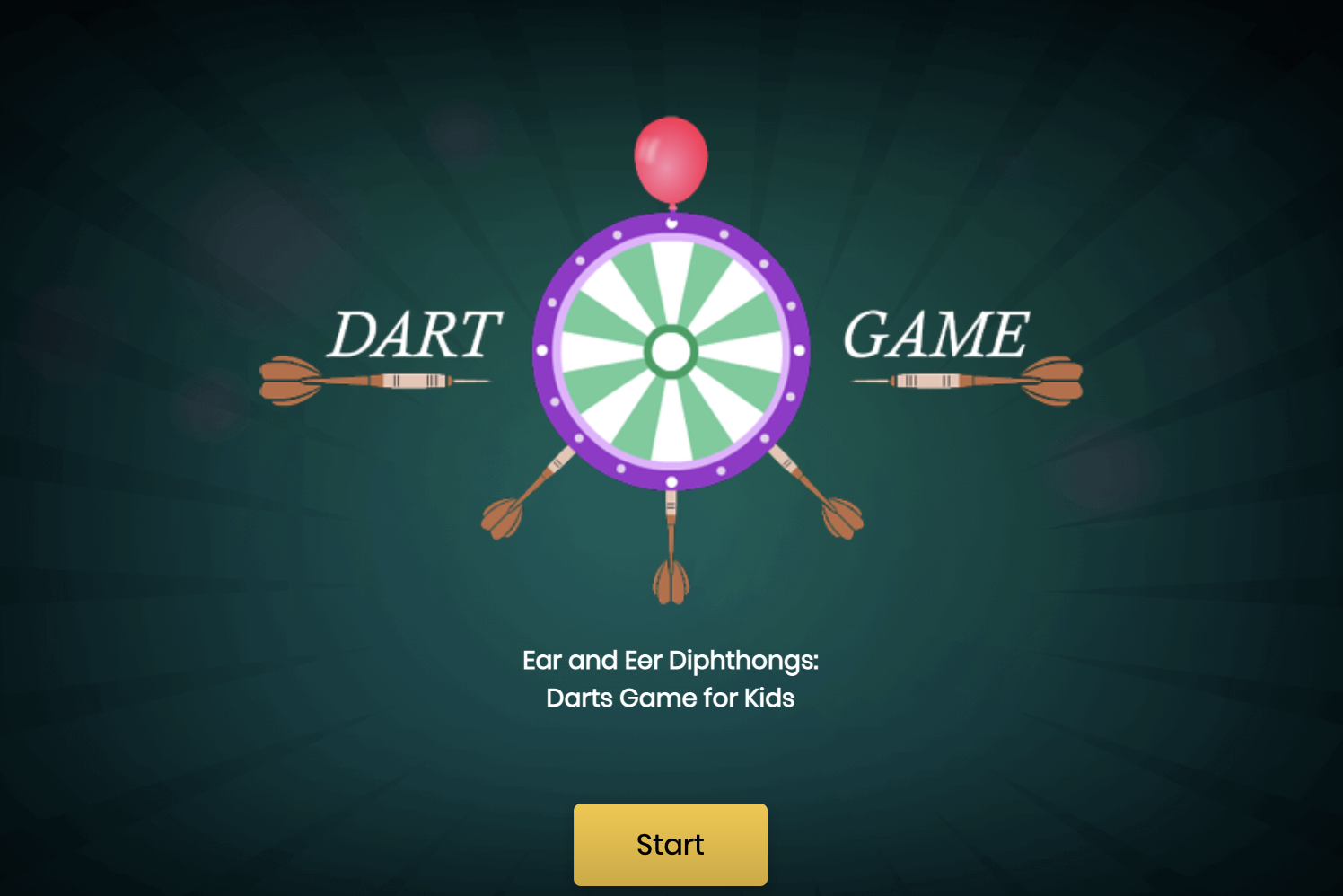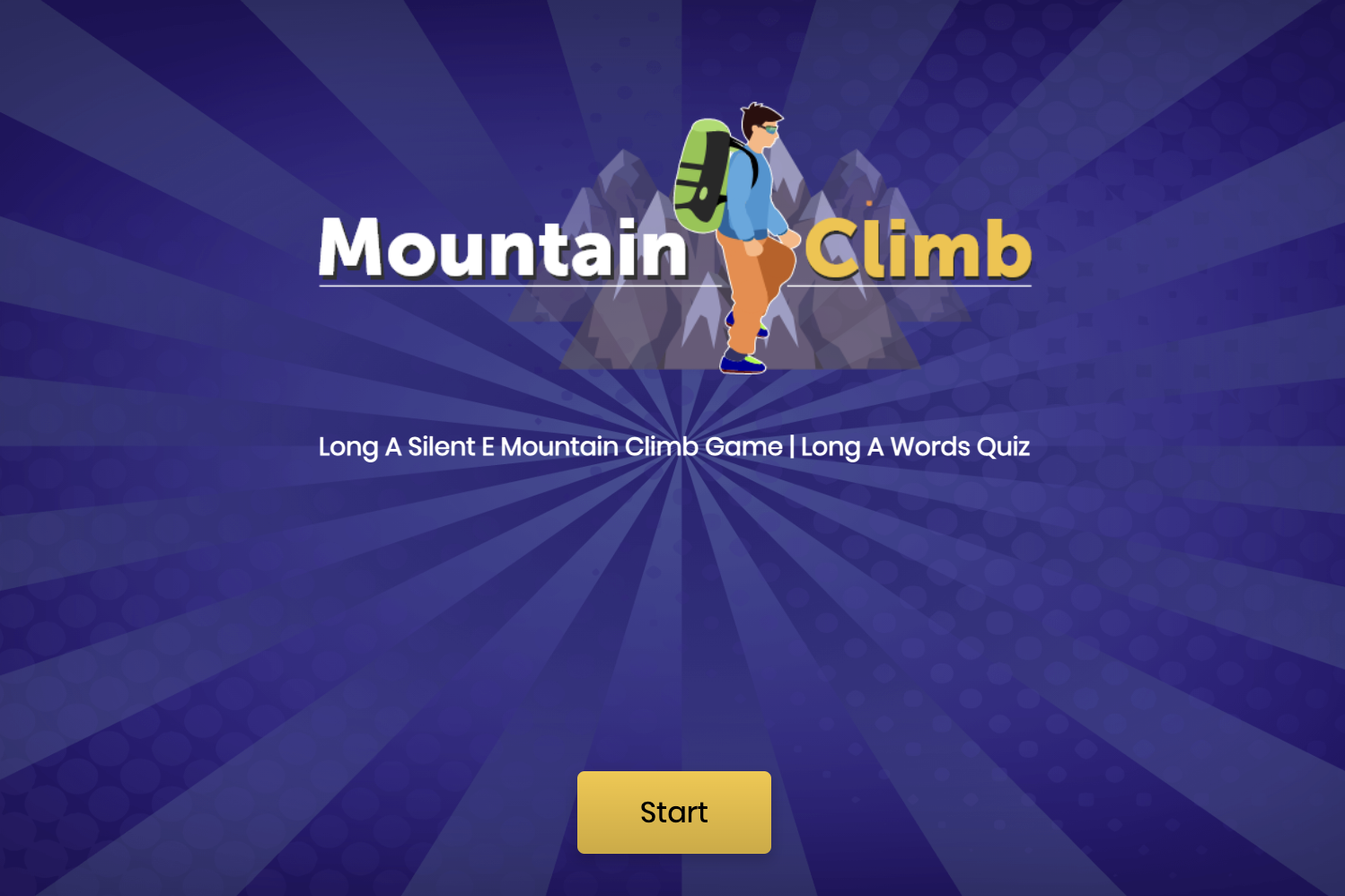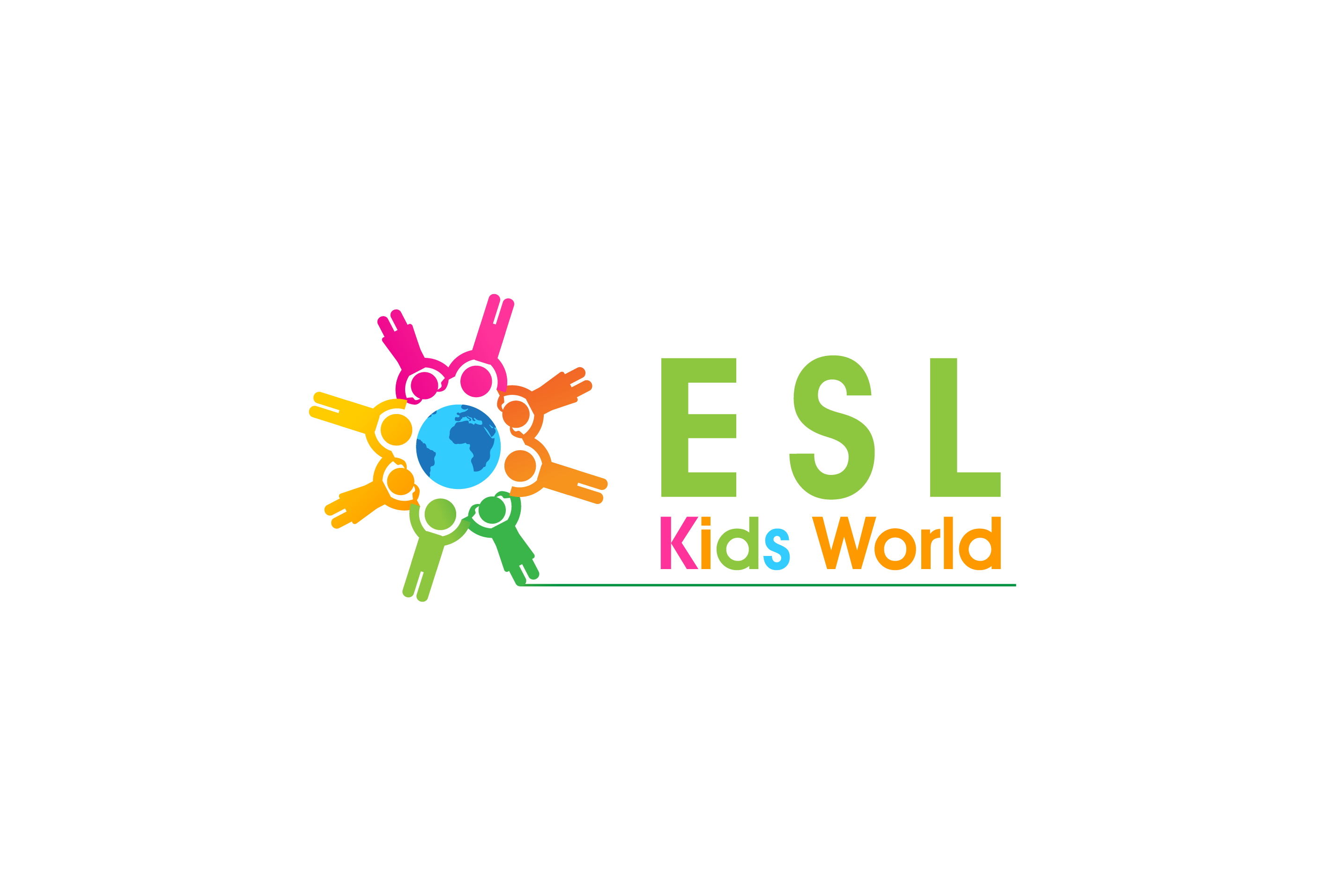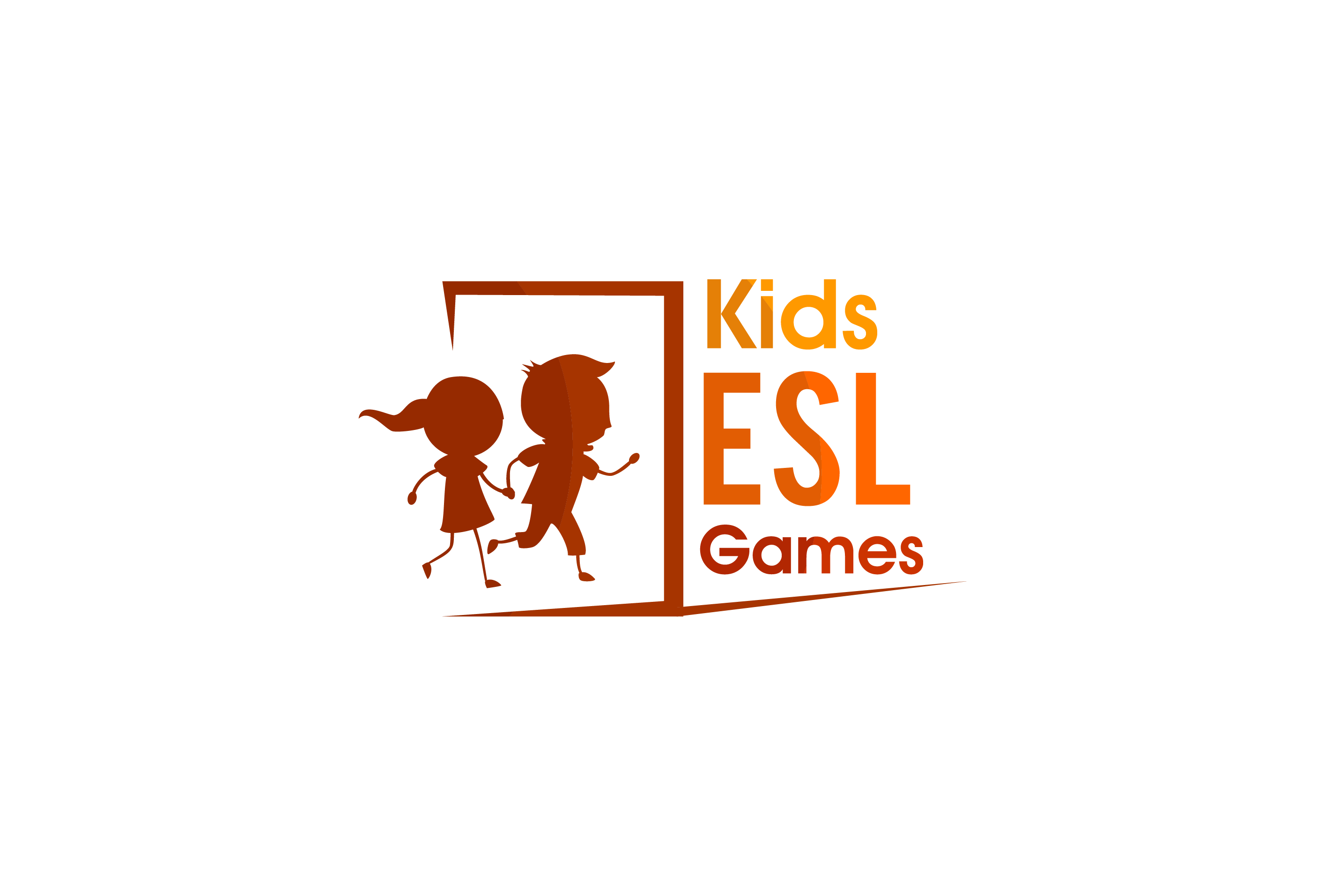Top 10 Phonics Rules for Reading and Spelling
Phonics Rules: When children learn to read, they are trying to connect the sounds of words to the way those words are represented through letters. Phonics rules and instruction help learners and educators to make those connections and display phonetics more vividly.
How do Phonics Rules Help?
Phonics rules and instruction help explain spelling rules, syllable patterns, vowel sounds,and common patterns in the English language. Learning these patterns can help young learners become competent readers and spellers of English. Below are numerous phonics rules, and how they effect spelling and pronunciation in English.
1. Soft C and Soft G
The soft c rule is: The letter c represents /s/ before the letters e, i, and y.
The hard c rule is: The letter c represents /c/ before the letters a, o, and u.
The soft g rule is: The letter g represents /ʒ/ before the letters e, i, and y.
The hard g rule is: The letter g represents /g/ before the letters a, o, and u.
Here are some examples of soft c.
cent: /s/ because it is followed by e.
city: /s/ because it is followed by i.
cycle: /s/ because it is followed by y.
Here are some examples of hard c.
cat: /c/ because it is followed by a.
cod: /c/ because it is followed by o.
cup: /c/ because it is followed by u.
Here are some examples of soft g.
gem: /ʒ/ because it is followed by e.
giraffe: /ʒ/ because it is followed by i.
gym: /ʒ/ because it is followed by y.
Here are some examples of hard g.
gap: /g/ because it is followed by a.
got: /g/ because it is followed by o.
gull: /g/ because it is followed by u.
2. Y Ending Sound E and I
The 'y' ending 'e' rule is: In a two syllable word y says e. The letter y represents /i/.
The 'y' ending 'i' rule is: In a one syllable word y says i. The letter y represents /ai/.
Here are some examples of 'y' ending 'e'.
cherry: /i/ because it has two syllables.
easy: /i/ because it has two syllables.
very: /i/ because it has two syllables.
Here are some examples of 'y' ending 'i'.
cry: /ai/ because it has one syllable.
dry: /ai/ because it has one syllable.
my: /ai/ because it has one syllable.
3. Vowels in Syllables
Every syllable in every word must have at least one vowel sound.
A vowel can stand alone in a syllable or it can also be surrounded by consonants.
Here are some examples of a vowel standing alone in a syllable.
evil: divide before a single middle consonant e-vil.
item: divide before a single middle consonant i-tem.
open: divide before a single middle consonant o-pen.
Here are some examples of a vowel surrounded by consonants.
cup: vowel 'u' is surrounded by consonants c and p.
dig: vowel 'i' is surrounded by consonants d and g.
mat: vowel 'a' is surrounded by consonants m and t.
4. Consonant Digraphs
The consonant digraph rule is when two consonants join together to form a new sound.
Here are some examples of consonant digraphs.
chick: 'c' and 'h' make the sound /ʧ/.
photo: 'p' and 'h' make the sound /f/.
ship: 's' and 'h' make the sound /ʃ/.
thief: 't' and 'h' make the sound /θ/.
wheel: 'w' and 'h' make the sound /w/.
5. Vowel Digraphs
The vowel digraph rule is when two vowels are side by side. The first vowel is long and can be heard. The second vowel is silent.
Here are some examples of vowel digraphs.
boat: 'o' and 'a' make the sound /əʊ/.
rain: 'a' and 'i' make the sound /eɪ/.
sea: 'e' and 'a' make the sound /iː/.
6. Plurals
The plurals rule is to add 's' to the end of most words. When the word ends in s, x, z, ch, and sh, add 'es' to make it plural.
Here are some examples of adding 's' to make words plural.
cat: add 's' and the word becomes cats.
pencil: add 's' and the word becomes pencils.
ruler: add 's' and the word becomes rulers.
Here are some examples of adding 'es' to make words plural.
buzz: add 'es' and the word becomes buzzes.
crash: add 'es' and the word becomes crashes.
fox: add 'es' and the word becomes foxes.
7. Silent E
The silent e rule is: When a syllable ends in 'e', the silent 'e' indicates the first syllable in that word is a long vowel and the 'e' is silent.
Here are some examples of silent e.
cake: long vowel 'a' and silent 'e'.
kite: long vowel 'i' and silent 'e'.
cone: long vowel 'o' and silent 'e'.
cute: long vowel 'u' and silent 'e'.
8. R-Controlled Vowels
The r-controlled vowel rule is: When a vowel is followed by 'r' in the same syllable, it makes a new sound, which makes the vowel r-controlled.
Here are some examples of r-controlled vowels.
car: 'a' and 'r' make the sound /ar/.
her: 'e' and 'r' make the sound /ər/.
bird: 'i' and 'r' make the sound /ir/.
worn: 'o' and 'r' make the sound /ɔr/.
fur: 'u' and 'r' make the sound /ər/.
9. Short Vowels
The short vowel rule is: When a one-syllable word has a vowel in the middle, the vowel usually has a short vowel sound. If the letter after the vowel is f, l, or s, this letter is usually doubled.
Here are some examples of short vowels.
bat: consonant, short vowel, consonant (CVC).
red: consonant, short vowel, consonant (CVC).
fin: consonant, short vowel, consonant (CVC).
pot: consonant, short vowel, consonant (CVC).
sun: consonant, short vowel, consonant (CVC).
Here are some examples of short vowels with double f, l, or s.
cliff: consonant, short vowel, consonant, consonant (CVCC).
bell: consonant, short vowel, consonant, consonant (CVCC).
mess: consonant, short vowel, consonant, consonant (CVCC).
10. Long Vowels
The long vowel rule is: When a word has two vowels, usually the first vowel says its name and the second vowel is silent. If a word has one vowel and it comes at the end of the word, the vowel makes it a long sound.
Here are some examples of long vowels with two vowels.
mail: sounded 'a' and silent 'i'.
sea: sounded 'e' and silent 'a'.
hide: sounded 'i' and silent 'e'.
road: sounded 'o' and silent 'a'.
fruit: sounded 'u' and silent 'i'.
Here are some examples of long vowels with one vowel.
he: consonant, long vowel e.
hi: consonant, long vowel i.
no: consonant, long vowel o.
Phonics Materials and Activities
Printable Worksheets
ESL Phonics World offers free printable worksheets, bingo games, hidden picture worksheets, colour by numbers, board games and more.
Flashcards
Free flashcards and sight word cards for learning phonetics and Dolche sight words. Learn English CVC words by sight or synthetically with our rich collection of materials made for teachers by teachers.
Crafts
Amazing craft printables, suitable for pre-k to lower primary. Easy-to-use paper crafts, covering animals, space, the family and festivals such as Christmas and Chinese New Year.
Video Games
Play video games online and experience the world of gamification. Phonics play: consonant sound games, nk ending sounds, short vowels, and vowel diphthongs.



